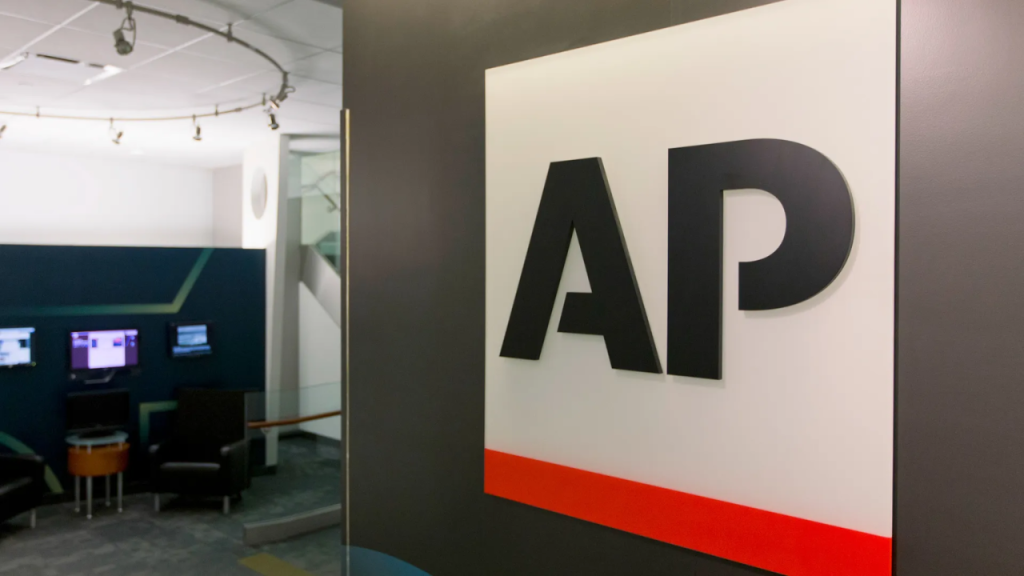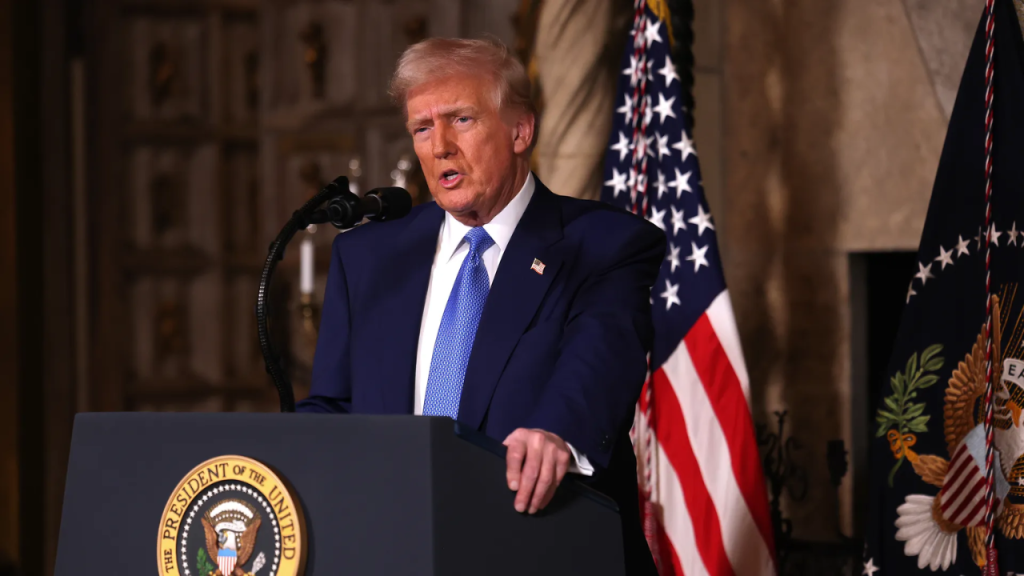
A federal judge recently declined to take immediate steps in a case where The Associated Press (AP) has been seeking access to cover presidential events.
This decision comes after a ruling that allowed the news agency a partial victory against the Trump administration. The case, which has been ongoing for two months, revolves around the government’s efforts to block AP’s reporters from covering certain presidential events, primarily due to the outlet’s refusal to rename the Gulf of Mexico in its reports.
U.S. District Judge Trevor N. McFadden, who made the ruling last week, stated that it is too early to determine if President Trump is violating his court order, as claimed by the AP.
He added, “We are not at the point where we can make much of a determination one way or another,” and emphasized that he would not “micromanage the White House.” His stance indicates a cautious approach to enforcing the order.
The AP’s lawyer, Charles Tobin, declined to comment on the decision, and the White House did not provide an immediate response to the court’s ruling.
The ongoing dispute centers on the White House’s recent actions that have effectively prevented AP journalists from covering events in their usual spots, such as the Oval Office and aboard Air Force One.
AP argues that this restriction violates its First Amendment rights by penalizing the news outlet for its editorial decisions, particularly its refusal to comply with the administration’s insistence on renaming the Gulf of Mexico to the “Gulf of America.”
Judge McFadden’s ruling came as part of a broader discussion on the freedom of the press. His endorsement of the AP’s argument marked a significant moment in the case.
The AP’s stylebook, followed globally by journalists, uses the term “Gulf of Mexico,” a name that has been in place for centuries. The Trump administration, however, has advocated for renaming it in line with the president’s preferences, which has become a central point of contention.
In response to the ruling, the White House issued a new press policy this week that allows the AP and other wire services limited access to events they had been previously barred from covering.
While an AP photographer was allowed into the Oval Office on Thursday after being blocked for three days, a reporter has yet to be granted access.
The White House has stated that an AP reporter will be included in the coverage rotation during a trip on Saturday, when the president plans to visit a golf course.
During the court proceedings, Tobin argued that the new policy was simply an attempt to diminish the influence of the AP, calling it “a thumb in the nose at The Associated Press and this court.”

The government’s legal representative, Jane Lyons, downplayed the significance of the new press policy, stating that it was “too soon” to determine whether it presented a problem for compliance with the judge’s order.
Judge McFadden acknowledged his concerns about the White House’s response to the ruling, expressing worries that the administration might not be fully complying or may be attempting to undermine the court’s decision.
However, he also mentioned that he must assume the government is acting in good faith, unless evidence suggests otherwise. Despite these concerns, the judge refrained from taking any immediate action, choosing to allow more time for the situation to unfold.
The dispute over press access to the president has broader implications for the First Amendment and the freedom of speech.
The AP, aware that public interest in journalists’ access to events might be limited, has framed the issue as a fundamental question of free speech rather than just a matter of access.
The case is expected to continue to develop over the coming months, with the AP now facing a three-judge panel of the U.S. Court of Appeals to argue its case regarding compliance with the court order. The Trump administration has indicated that it intends to appeal McFadden’s decision.
The outcome of this case could have significant consequences for press freedom, especially when it comes to the relationship between the media and the executive branch.
While this legal battle is ongoing, it highlights the importance of ensuring that journalists maintain their ability to report freely without interference from governmental powers.
